While we all wait for the Federal Aviation Administration (FAA) to release its much anticipated, and long overdue Notice of Proposed Rulemaking (NPRM) for Part 108 and the formal regulatory framework for uncrewed aviation flights beyond the visual range of the operator or BVLOS, the industry has been forced to live in the world of waivers.
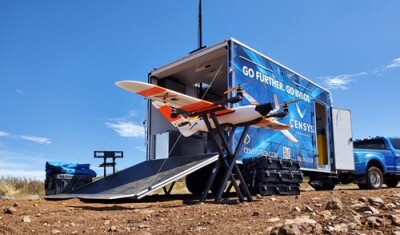 BVLOS waivers, to be exact.
BVLOS waivers, to be exact.
The issue is that not all these waivers are created equal, and not all of them give the recipient free rein into a world of unlimited flying around in the National Airspace (NAS).
In a recent conversation with Bobby Valentine of Valentine Brand, he mentioned how their new aerial platform has transformed operations by allowing his team to use an “unshielded” waiver.
I confessed to him that I was not familiar with the term, and that question opened a fascinating exchange in which he explained that a company, Censys Technologies based in Daytona Beach, FL, manufactures aircraft designed for operations over the horizon and beyond visual line of sight.
I reached out to Censys Technologies for further understanding of their platforms and their business model and was connected to Benjamin (Ben) Fenigsohn, Client Solutions Engineer, who promptly introduced me to a brand-new world of technology and services offering that made a lot of sense.
“At Censys Technologies, scaling commercial BVLOS operations is a key focus,” Ben said. “From A to Z, we help our customers with the whole process. We provide an aerial platform with a resume of BVLOS approvals, waiver writing services and BVLOS focused training.”
The surprising detail about Censys Technologies business model is that, given the complexity of BVLOS approvals in the pre-Part 108 era, they have designed their product and service offering to include paperwork to apply for the necessary certificates from the FAA in order to operate beyond the visual range of the operator.
“We understood from the beginning that providing a great platform, designed and manufactured in the USA and capable of long flights was not enough,” Ben reflected. 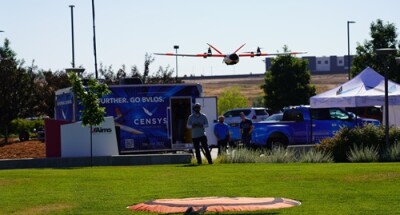 “Our customers needed the necessary training and waiver to safely and legally operate in the NAS, so we offered to assist with the FAA paperwork with every sale of the Santaero 5 and, so far, we have helped over 45 companies apply and successfully obtain BVLOS waivers, mostly in the unshielded category to allow for area-based as well as linear-based missions.”
“Our customers needed the necessary training and waiver to safely and legally operate in the NAS, so we offered to assist with the FAA paperwork with every sale of the Santaero 5 and, so far, we have helped over 45 companies apply and successfully obtain BVLOS waivers, mostly in the unshielded category to allow for area-based as well as linear-based missions.”
In terms of operations, "shielded" refers to an activity conducted within a protected area, typically using a physical barrier or enclosure to prevent interference from external factors, while "non-shielded" means operating without such protection, leaving the activity exposed to potential disruptions from the surrounding environment; this is often used in contexts like drone flying where a shielded operation means flying close to and below a natural or man-made barrier to avoid other aircraft, while a non-shielded operation would be flying in open airspace without such protection.
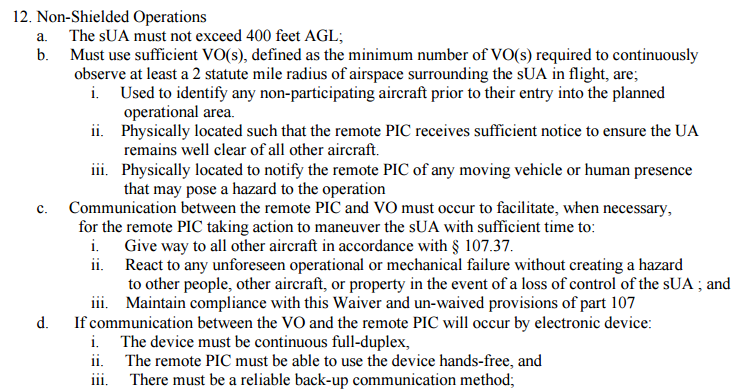
“Unshielded operations are tied by the FAA waiver to a specific aircraft, similar to what happens in traditional aviation with Part 135, in which the operator is certified to certain commercial operations based on the characteristics of a single aircraft,” Ben said. “Censys Technologies also offers our customers with custom-made command centers that help streamline and add safety to their field operations.”
In short, while the industry prepares for the brave new world in which BVLOS operations will be the norm and not the exception, Censys Technologies already provides customers like Valentine Brands the hardware, training, waivers, and mobile command centers to add long-range missions to their offerings, therefore expanding exponentially the usefulness of uncrewed aviation, while safely integrating with traditional aviation in the NAS.
In an era of controversy about foreign-manufactured drones, it is good to know that an American company is offering a turn-key solution that is deployable around the country and is solidly coordinated with the current Part 107 regulation and ready for Part 108, when it comes.

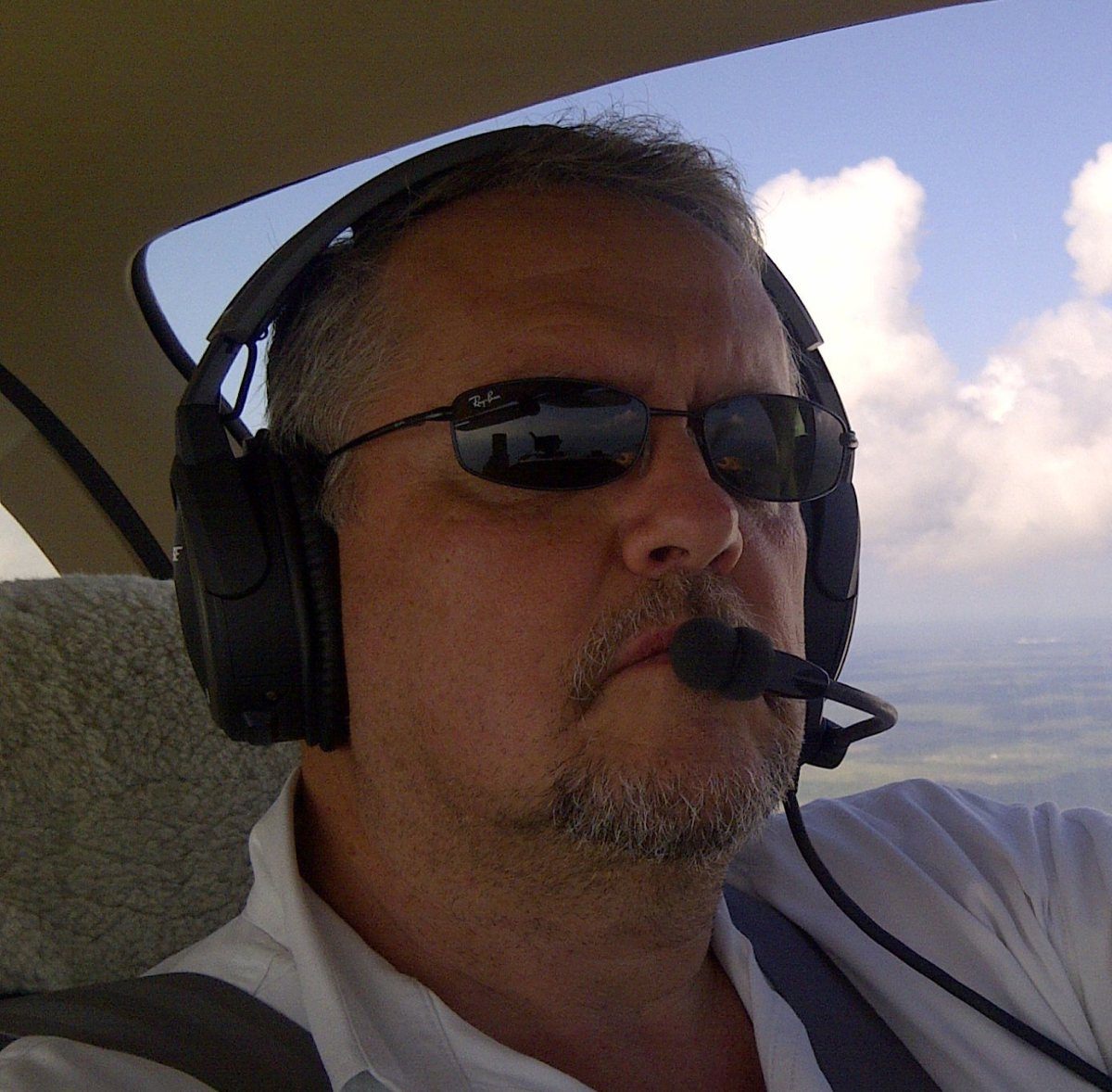
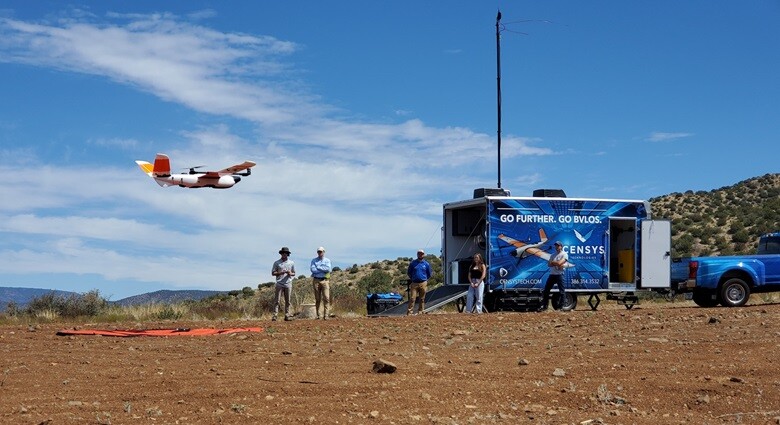

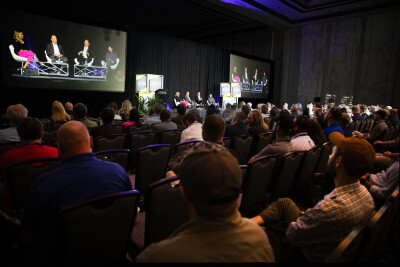
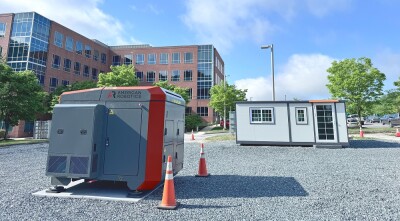




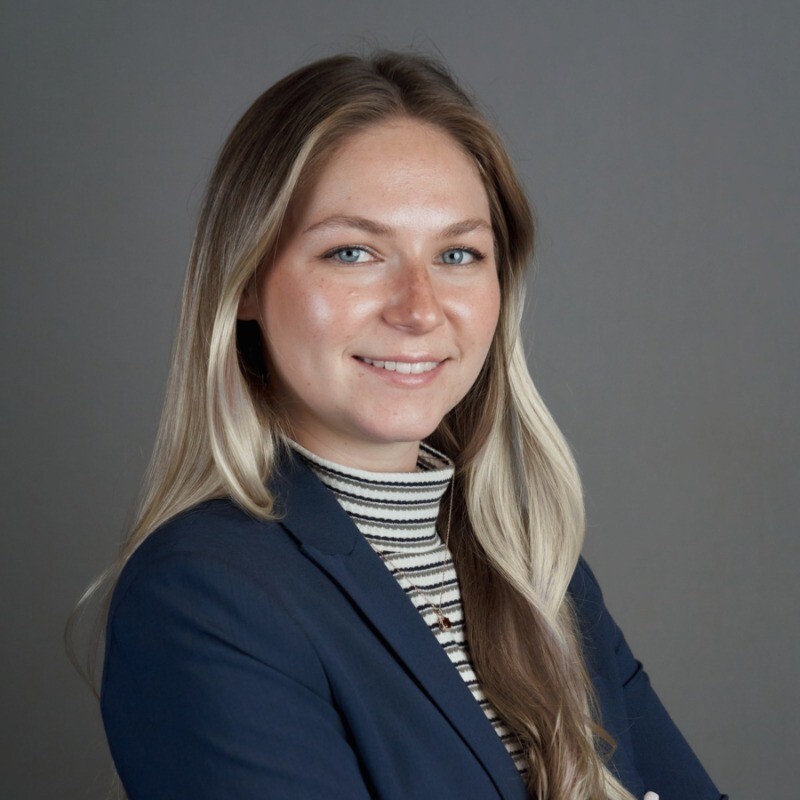

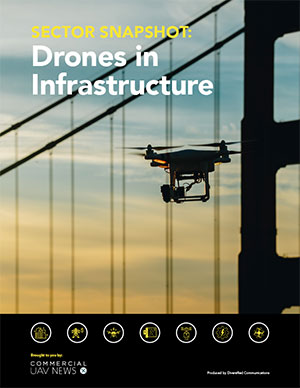
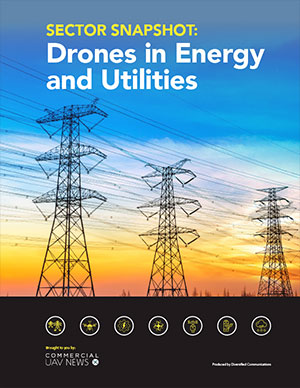
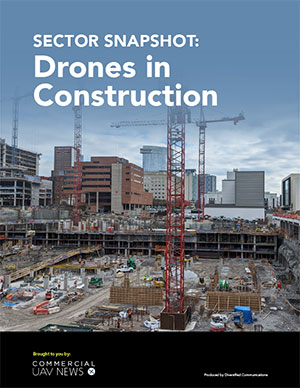
Comments